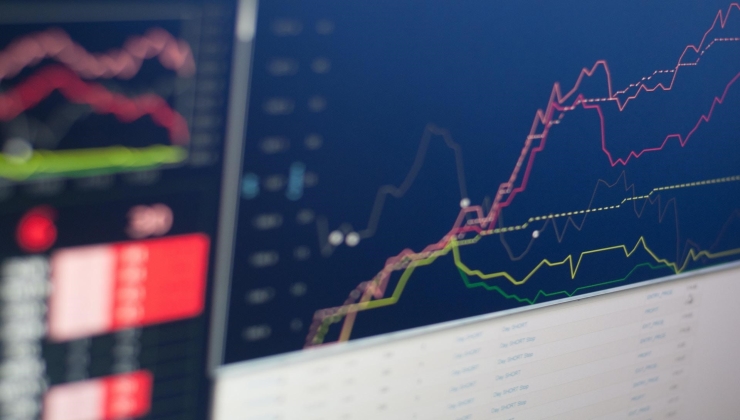Successful forex traders don’t base their favourable outcomes on luck, but rather, spend some time understanding key concepts related to the foreign exchange industry. One such fundamental term you’ll frequently encounter is “Percentage in Point” or simply “pip.”
In this guide, we’ll demystify the concept of pip, breaking it down into digestible sections for beginners.
What is a Pip?
At its core, a pip is a standardised unit of movement in currency pairs. For most currency pairs, one pip is equivalent to a one-digit movement in the fourth decimal place of the exchange rate. It’s the smallest price move that can be observed in the exchange rate of a currency pair.
Pips are tiny building blocks of currency movements, the same way that biological cells are the building blocks of living things.
Calculating Pips in ZAR
Let’s take a closer look at how pips work using the USD/ZAR currency pair. If the exchange rate moves from 15.2000 to 15.2001, that’s a one-pip movement. In this case, each pip represents a change in the fourth decimal place of the exchange rate. So, for the USD/ZAR pair, a pip movement occurs with every one-unit change in the fourth decimal place.
Understanding the Significance of Pips
Why are pips important? Pips are the heartbeat of forex trading, indicating the heartbeat of market movements. Traders use pips to measure and express price changes, helping them analyse trends, set stop-loss orders, and gauge potential profits.
Unveiling Pip Values
Pip values vary based on your trade’s size. For the USD/ZAR pair, a standard lot (100,000 units) typically has a pip value of 10. If you’re trading a mini lot (10,000 units), each pip is worth 1, and for a micro lot (1,000 units), it’s 0.1. Understanding these values is vital for calculating potential gains or losses.
Spread and Its Impact on Pips
Enter the spread – the difference between the buy (ask) and sell (bid) prices. In the context of the USD/ZAR pair, if the ‘ask’ price is 15.2100 and the bid price is 15.2000, the spread is 10 pips. The spread plays a crucial role in your overall trading cost, impacting potential profits or losses.
Pips in Percentage Terms
While a pip is a standardised measure, its percentage value can fluctuate. In the USD/ZAR example, a one-pip movement might represent a different percentage change compared to other currency pairs. Understanding this percentage relationship aids traders in assessing the relative significance of pip movements.
Risk Management with Pips
Effective risk management is the bedrock of successful trading. Armed with an understanding of pip values, traders can set appropriate stop-loss levels, manage risk, and make informed decisions in the ever-fluctuating forex market.
In Summary: Pips in Forex Trading
Grasping the concept of pips is essential for anyone venturing into the world of forex trading. Pips serve as a universal language for measuring price movements, determining profits and losses, and implementing effective risk management strategies.
As a beginner, mastering the nuances of pips will undoubtedly pave the way for a more informed and confident approach to trading in the foreign exchange market.

